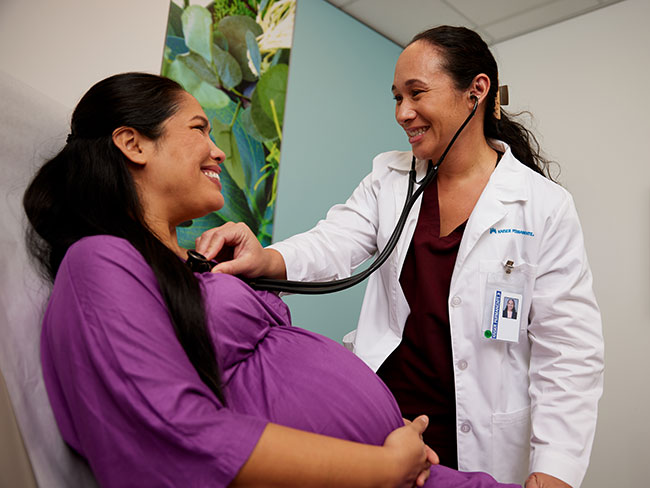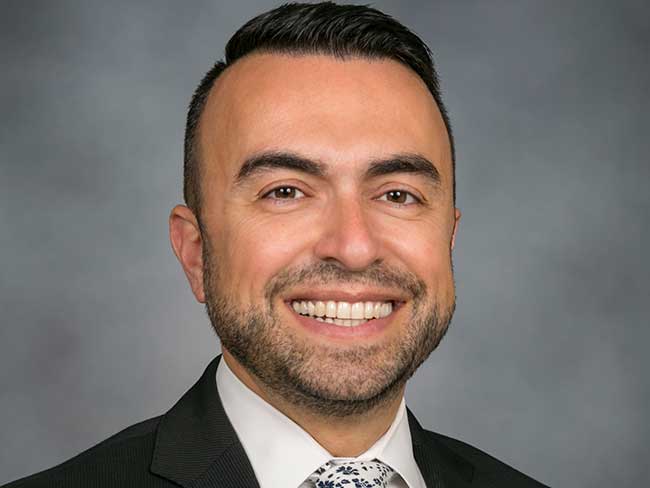Kaiser Foundation Health Plan and Hospitals Q2 2022 financials
The integrated health care organization continued its mission to provide high-quality, affordable care and coverage while improving community health during the pandemic.
Financial results
For the quarter ending June 30, 2022, Kaiser Foundation Health Plan, Inc., Kaiser Foundation Hospitals, and their subsidiaries (KFHP/H) reported total operating revenues of $23.5 billion and total operating expenses of $23.4 billion, compared to total operating revenues of $23.7 billion and total operating expenses of $23.3 billion in the same period of the prior year. Operating income this quarter was $89 million, a decline compared to $349 million in the second quarter of 2021. Other income and expense had a quarterly loss totaling $1.4 billion, driven largely by investment market conditions. Other income and expense was $2.6 billion in the same quarter last year. For the second quarter, there was a net loss of $1.3 billion compared to $3.0 billion net income in the second quarter of 2021.
“My deepest gratitude goes out to our dedicated and highly skilled health care professionals. Their commitment and compassion make Kaiser Permanente’s high-quality, affordable, equitable care and coverage possible for our members and patients even while the COVID-19 pandemic continues to impact our lives, our loved ones, and our work,” said chair and chief executive officer Greg A. Adams. “While the unprecedented effects of the pandemic will be felt for years to come, Kaiser Permanente’s focus on our mission remains steadfast as we continue to adapt to an ever-changing landscape.”
Membership
Kaiser Permanente’s membership remains steady as of June 30, 2022, with 12.6 million members, reflecting a growth of more than 61,000 members since December 31, 2021.
Capital spending
For the quarter ending June 30, 2022, capital spending totaled $789 million, compared to $864 million in the second quarter of the prior year. The level of capital spending supports Kaiser Permanente’s ongoing commitment to planned investments in buildings, infrastructure, technology, and other capital needs.
“Much like the entire health care industry, we continue to address deferred care while navigating COVID-19 surges and associated expenses. Kaiser Permanente’s integrated model of providing both care and coverage enables us to meet these challenges as demonstrated by our moderate increase in year-over-year operating expenses for the second quarter,” said executive vice president and chief financial officer Kathy Lancaster. “As we work through the ongoing uncertainty of the pandemic, we continue to manage rising costs, supply chain challenges, labor shortages, and escalating demand for COVID-19 testing while fulfilling our mission to improve the health of our 12.6 million members and the communities we serve.”
Second-quarter COVID-19 response
For the quarter ending June 30, 2022, Kaiser Permanente built upon its extraordinary first-quarter response to COVID-19 while continuing to provide routine and preventive care amid soaring demand for testing and multiple surges driven by new variants. In response, Kaiser Permanente:
- Provided care for more than 400,000 members and patients with COVID-19
- Delivered care to more than 17,000 patients requiring hospitalization with COVID-19
- Administered more than 1.2 million vaccine doses, including boosters, to members and nonmembers
- Supported members and patients in obtaining a total of more than 6.5 million COVID-19 tests, which included:
- More than 1.7 million tests conducted inside Kaiser Permanente facilities
- Approximately 3.1 million COVID-19 home tests provided
- Member reimbursement for more than 1.7 million tests performed outside of Kaiser Permanente facilities
Q2 2022 and Q2 2021 financial summary
| $ in millions, except % | Q2 2022 | Q2 2021 |
| Total operating revenues | $23,465 | $23,685 |
| Total operating expenses | $23,376 | $23,336 |
| Operating income | $89 | $349 |
| Operating margin | 0.4% | 1.5% |
| Total other income and expense | ($1,388) | $2,618 |
| Net income (loss) | ($1,299) | $2,967 |
| Capital spending | $789 | $864 |
Note: Certain statements included in this document may constitute “forward-looking statements.” Such statements are generally identifiable by the terminology used, such as “plan,” “project,” “forecast,” “expect,” “estimate,” “budget,” or other similar words. The achievement of certain results or other expectations contained in such forward-looking statements involves known and unknown risks, uncertainties, and other factors, which may cause actual results, performance, or achievements described to be materially different from any future results, performance, or achievements expressed or implied by such forward-looking statements. Accordingly, actual results will vary and the variations may be material. None of the KFHP/H organizations plan to issue any updates or revisions to those forward-looking statements if or when expectations change, or events, conditions, or circumstances on which such statements are based occur.





























